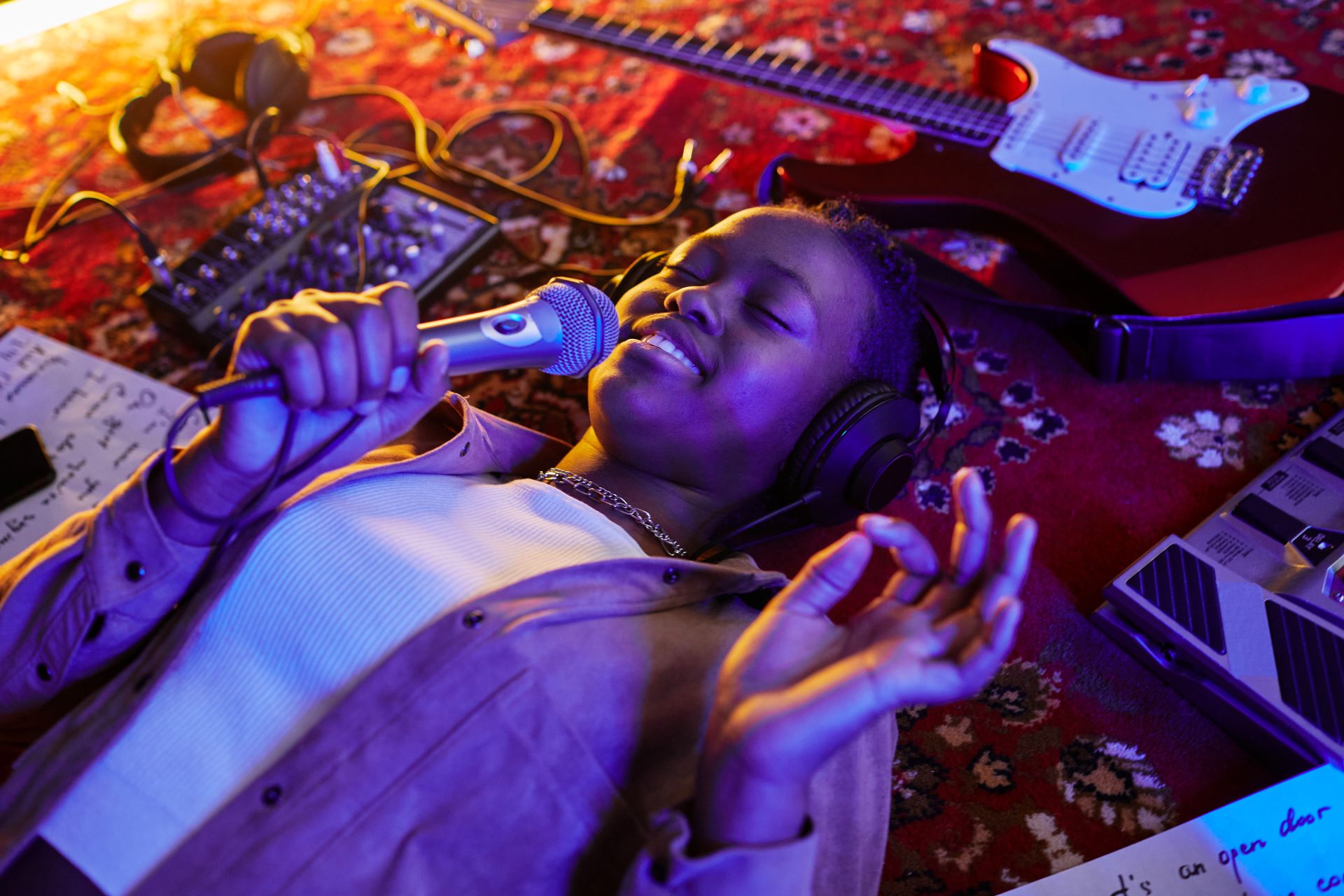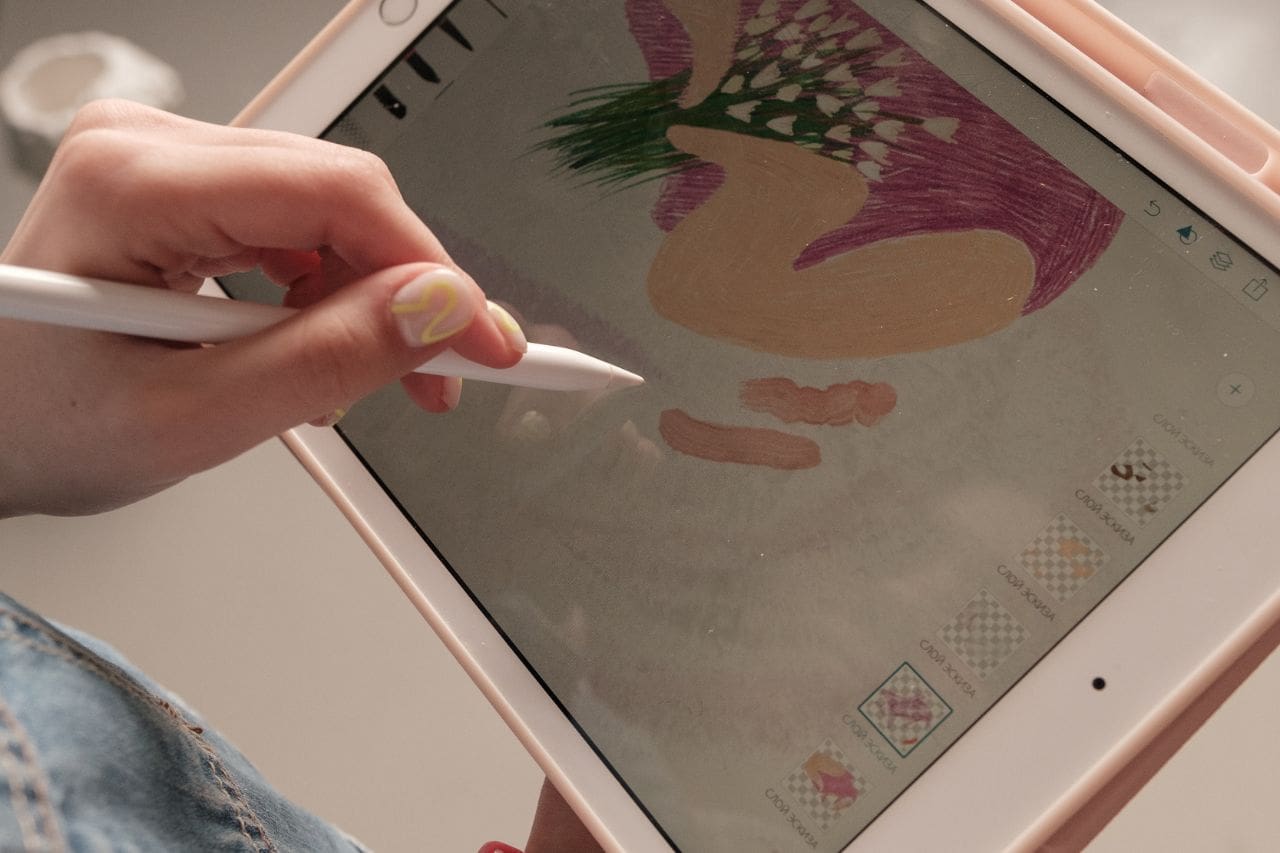

Digital painting combines traditional art skills and techniques with modern technology. An artist will generally operate their stylus like a brush or pencil to execute illustration and painting techniques within a software program, like Adobe Photoshop, using a computer screen or tablet as their digital canvas. This fusion allows artists to explore new creative possibilities while maintaining the essence of traditional methods.
The primary tools for digital painting include a stylus and software. Artists use a stylus to draw on a tablet or computer screen, mimicking the feel of traditional brushes and pencils. Popular software programs like Adobe Photoshop and Corel Painter offer a wide range of brushes and effects, enabling artists to create intricate and detailed works. The integration of digital art into the artistic landscape has sparked a lively debate, with proponents and skeptics alike weighing its merits and potential.
While digital painting offers many advantages, it also comes with its own set of challenges. Learning to use digital tools effectively can be daunting for those accustomed to traditional methods. However, the rewards are significant. Digital painting allows for easy corrections, experimentation with different styles, and the ability to work on multiple layers. This flexibility can lead to more innovative and polished final pieces.
The integration of digital art into the artistic landscape has sparked a lively debate, with proponents and skeptics alike weighing its merits and potential.
The journey of a digital painting starts with an idea. Artists often begin by brainstorming and sketching out their concepts. This initial stage is crucial as it lays the foundation for the entire piece. As digital tools continue to redefine the creative process, artists are equipped with the means to explore uncharted territories. Once the concept is clear, the artist moves on to creating a detailed draft, refining shapes, and adding basic colors.
Sketching and drafting are essential steps in digital painting. They help in visualizing the final piece and making necessary adjustments early on. Artists use various tools like styluses and software to create these drafts. This stage is all about experimenting and finding the right composition. It’s a blend of traditional skills and modern technology, where the artist’s experience and grasp of art fundamentals play a significant role.
Feedback is a vital part of the creative process. Artists often share their work with peers or mentors to get constructive criticism. This input helps in refining the artwork and making it more polished. Revisions are common, and artists may go through several iterations before finalizing their piece. This process not only improves the quality of the artwork but also enhances the artist’s skills and understanding of digital painting.
Digital art allows artists to convey deep feelings and stories. While AI can mimic styles and generate images, it lacks the lived experiences, emotional depth, and personal insights that fuel genuine artistic creation. This makes human-created digital art unique and powerful.
Every artist has a unique way of creating art. In digital painting, this personal style shines through in the choice of colors, brush strokes, and techniques. Artists often develop signature methods that make their work easily recognizable.
Even in the digital world, manual skills are crucial. Using a stylus like a brush or pencil, artists bring their traditional skills into the digital realm. This blend of old and new techniques creates rich and nuanced artwork.
The repetition of hand drawing on a digital tablet gives access to a less conscious, intentional side of the creative process, making the work richer and more nuanced.
Many people think digital painting is easier than traditional painting. This is not true. Digital painting requires just as much skill and creativity. Some believe that digital tools do all the work, but artists still need to master techniques and tools to create impressive art.
Both digital and traditional art have their own challenges and rewards. Digital painting offers more ready-made possibilities, but it also introduces unique challenges. For example, while you can easily erase mistakes in digital art, it requires a different set of skills to make it look natural.
Digital art is becoming more important in today’s world. It is used in video games, movies, and advertising. Digital artists can reach a wider audience through the internet. This makes digital art a valuable skill in modern society.
In the world of art, there is a continuous evolution in one’s approach, and the reasons for creating art change over time. Initially, you might follow your idols, but eventually, you find your own style.
Digital painting is not just a shortcut; it is a different medium that requires its own set of skills and creativity.
Digital painting is evolving rapidly, thanks to new technologies. Artists now have access to tools that were unimaginable a few years ago. These advancements make it easier to create stunning works of art. For example, software updates often include new brushes and textures that mimic traditional media. This allows artists to blend the old with the new seamlessly.
AI is becoming a significant part of digital painting. While some fear it might replace human artists, others see it as a tool to enhance creativity. AI can help with tasks like color matching and composition, freeing artists to focus on the more expressive aspects of their work. However, predicting the future of AI is tricky since it’s evolving so quickly.
As technology advances, so do the trends and styles in digital painting. Artists are continually experimenting with new techniques and tools. This constant evolution keeps the field exciting and dynamic. Some popular trends include hyper-realistic art and abstract digital paintings. These styles show the versatility and endless possibilities of digital painting.
The future of digital painting is bright and full of potential. With each new tool and technique, artists can push the boundaries of their creativity even further.
Aspiring digital painters need to master a variety of skills to succeed. Understanding the fundamentals of art is crucial, including color theory, composition, and anatomy. Additionally, technical skills like proficiency in software such as Adobe Photoshop or Corel Painter are essential. These courses encompass a wide range of artistic practices, including photography, painting, sculpture, printmaking, and digital art, offering a structured yet flexible learning environment.
There are several educational pathways available for those interested in digital painting:
A strong portfolio is essential for showcasing your skills and attracting potential employers. Include a variety of works that demonstrate your range and proficiency. Incorporating feedback and revisions from peers and mentors can help refine your portfolio and highlight your best work.
Building a portfolio is not just about showing your best pieces; it’s about demonstrating your growth and versatility as an artist.
Meet Leftcoast, the first winners of the Tech Champions’ Choice category in the 2023 Digital Culture Awards, presented by Arts Council’s Digital Culture. Their innovative approach blends traditional art techniques with cutting-edge digital tools, setting a new standard in the industry.
Leftcoast’s award-winning piece showcases a masterful use of color and texture, demonstrating how digital mediums can rival traditional art forms. The artwork’s intricate details and emotional depth highlight the potential of digital painting to convey powerful messages.
From Leftcoast’s journey, aspiring digital painters can learn the importance of continuous experimentation and embracing new technologies. Their success story underscores the value of combining traditional skills with modern tools to create unique and impactful art.
The journey of Leftcoast illustrates that blending traditional and digital techniques can lead to groundbreaking art that resonates with audiences worldwide.
Digital painting is more than just a blend of art and technology; it’s a new way for artists to express their creativity. While it may seem easier to start with digital tools, mastering the basics of art is still essential. The human touch in digital painting brings a unique quality that machines can’t replicate. As technology advances, the role of the artist remains crucial, adding depth and emotion that only a human can provide. This blend of human skill and digital innovation opens up endless possibilities for the future of art.
Digital painting is a way to create art using a computer. Artists use a stylus like a brush or pencil to draw and paint on a digital canvas with software like Adobe Photoshop.
Digital painting uses technology to create art, while traditional painting uses physical tools like brushes and paint. Both require skill and creativity, but the techniques and tools are different.
Yes, anyone can learn digital painting. It takes practice and patience, just like traditional painting. There are many resources and courses available to help beginners.
To start digital painting, you’ll need a computer or tablet, a stylus, and software like Adobe Photoshop or Corel Painter. Some artists also use drawing tablets for more precision.
Digital painting has its own challenges and can be easier in some ways but harder in others. It offers tools like undo and layers, but it still requires a good understanding of art fundamentals.
Yes, digital paintings are real art. They require creativity, skill, and effort, just like traditional art. The medium is different, but the artistic process is very similar.
For more life-changing articles Click here
Selfstalker.com

Monday - Thursday 7 AM - 5 PM PST
admin@selfstalker.com support@selfstalker.com